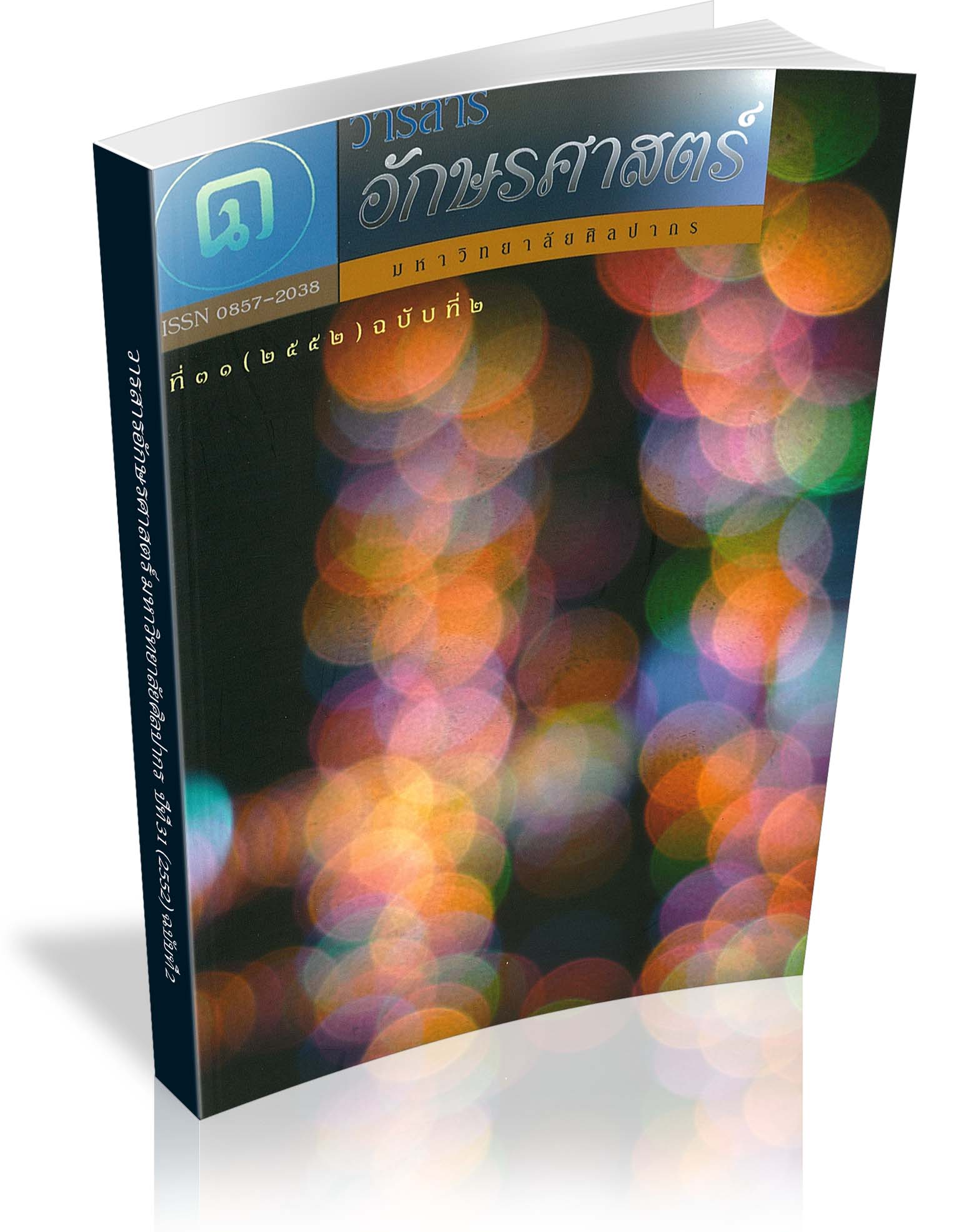History and Characteristics of Hahoe Masks Dance
Keywords:
Mask Dance Drama, Hahoe Mask Dance Drama, Mask Dance, Hahoe MasksAbstract
Hahoe Mask Dance Drama is the oldest of Korea traditional folk plays, handed down in Hahoe village, Andong city, Gyeongsang province in Korea. The custom of this drama is one that dates back to prehistoric times and they were traditionally used in shamanistic worship to cleanse the audiences, to please local deities and to ward off evil spirits from the villages. During the Joseon Dynasty they also became a form of social satire, which gave commoners the opportunity to mock those in authority such as the ruling classes, or depraved Buddhist monks.
Hahoe masks, the masks used in Hahoe Mask Dance Drama, were the wooden masks selected as Korean national treasure No. 121, and made around the 12th century. It has become a legendary masterpiece in the world of mask arts due to its unique carving techniques and effectiveness to expresse the emotion of the characters in the Drama. Originally, 14 masks were used in a performance. Currently, 11 Hahoe masks are in existence, and they are preserved in the Korea National Museum.
Downloads
References
พีระพงศ์ สุขแก้ว. เกาหลีเรื่องเล่าผ่านกาลเวลา. กรุงเทพฯ : ปราชญ์สยาม, ๒๕๔๙.
พวงนิล คำปังส์. เกาหลี. กรุงเทพฯ : หน้าต่างสู่โลกกว้าง, ๒๕๔๙.
ภาษาอังกฤษ
Ch’oe, Sun-U. “The Masks of Kores-the Case of Hahoe Masks.” Korea Journal 19 (April 1979) : 45-50.
Chang, Chu-Kun. “A Study on Shapes of Shrines in Korea.” Minjok Munhwa Tonku (October 1964) : 184-190.
Cho, On-kon. "Hahoe Pyolsin-kut : A Traditional Korean Festival Mask-dance Drama." Korea Journal 20, 12 (December 1980) : 54-58.
Downloads
Published
How to Cite
Issue
Section
License
ผู้เขียนบทความต้องยินยอมในข้อกำหนดต่าง ๆ ของวารสารก่อนส่งบทความตีพิมพ์




